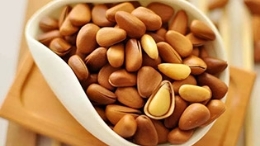🔵Paraiba is known as the king of tourmalines and is also known as the Hermes of tourmalines. Its composition is high in copper (Cu) and manganese (Mn), giving it a bright aquamarine color.
🔵In 1989, a gemstone exploration team discovered a tourmaline with a vivid turquoise blue This gem’s vivid blue-green color, which shines with an electric neon light, immediately caused a sensation in the gemstone world at the time. Because it was first discovered in the Brazilian state of Paraiba, the gemstone is known as Paraiba tourmaline in honor of its origin.
🔹Mineral: Tourmaline
🔹Specific gravity:3.06
🔹Mohs hardness:7.5
🔹Refractive index:1.62-1.65
🔹Birefringence:0.014-0.021
🔹Crystalline structure: tripartite crystal system
🔹Wearing: good durability
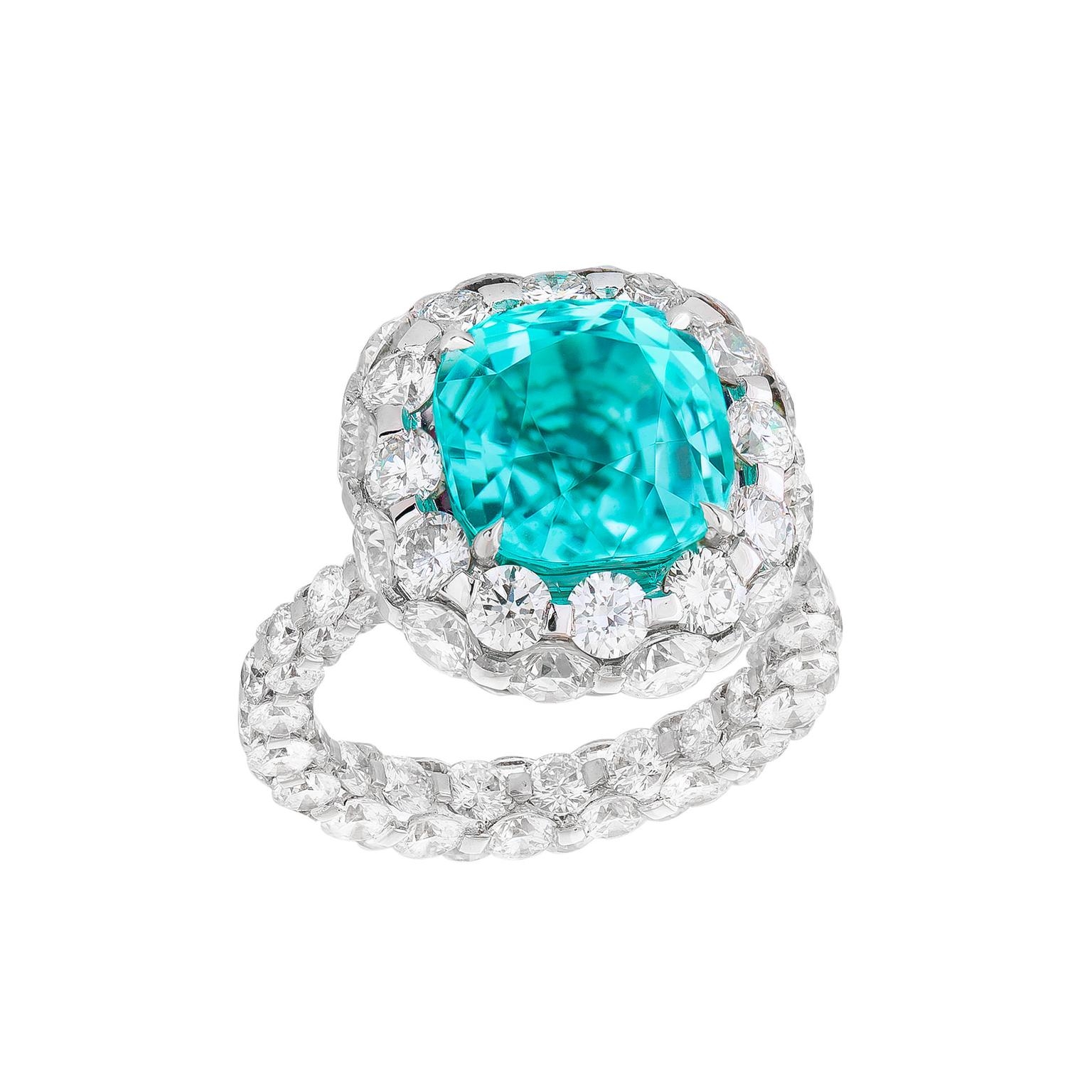
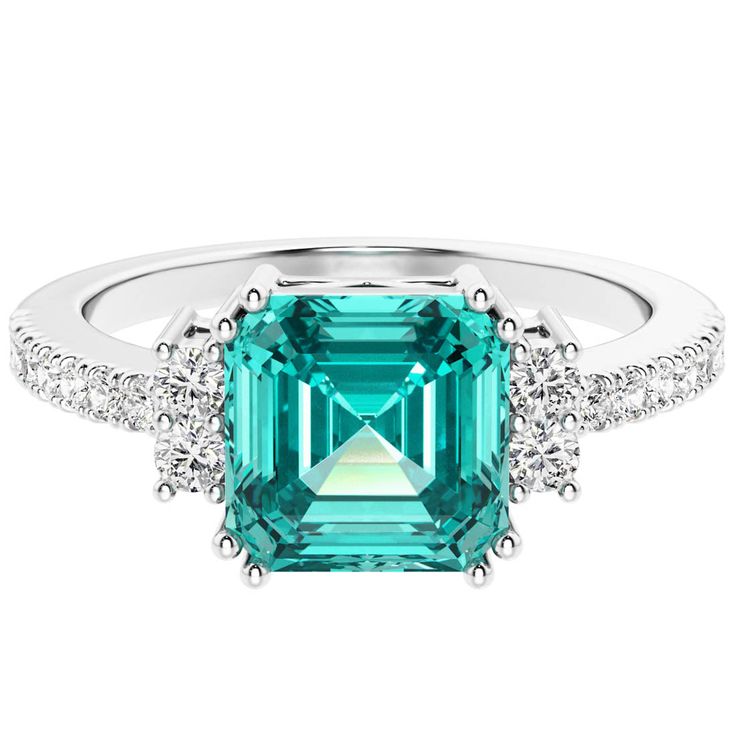
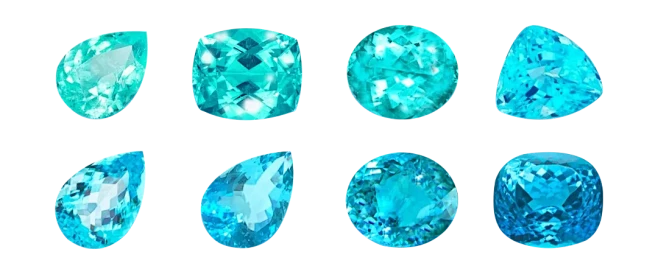
✅Color:
🟢In general the colors of Paraiba tourmaline can be divided into: blue, greenish blue, blue-green, bluish green, green.
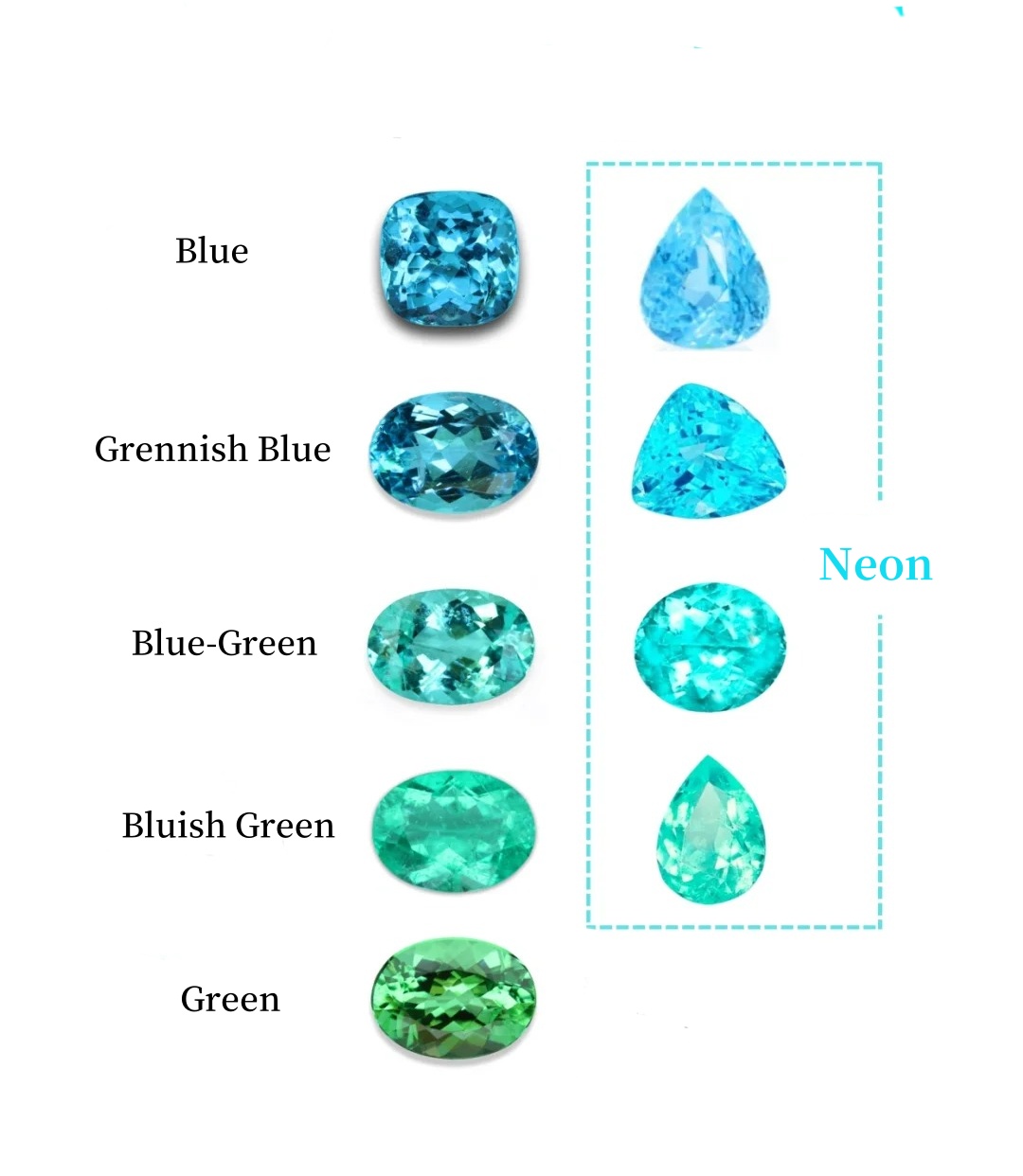
🟢The diversity of hues is due to the presence of the elements copper (Cu) and manganese (Mn), of which the highly saturated with neon blue or blue-green can be referred to as “paraiba blue” or “Neon blue”.This kind will carry the Neon logo in the color column on the certificate.
🟢Neon color commercial name: Neon Blue, Neon greenish Blue, Neon bluish Green, Neon blue-green and so on.
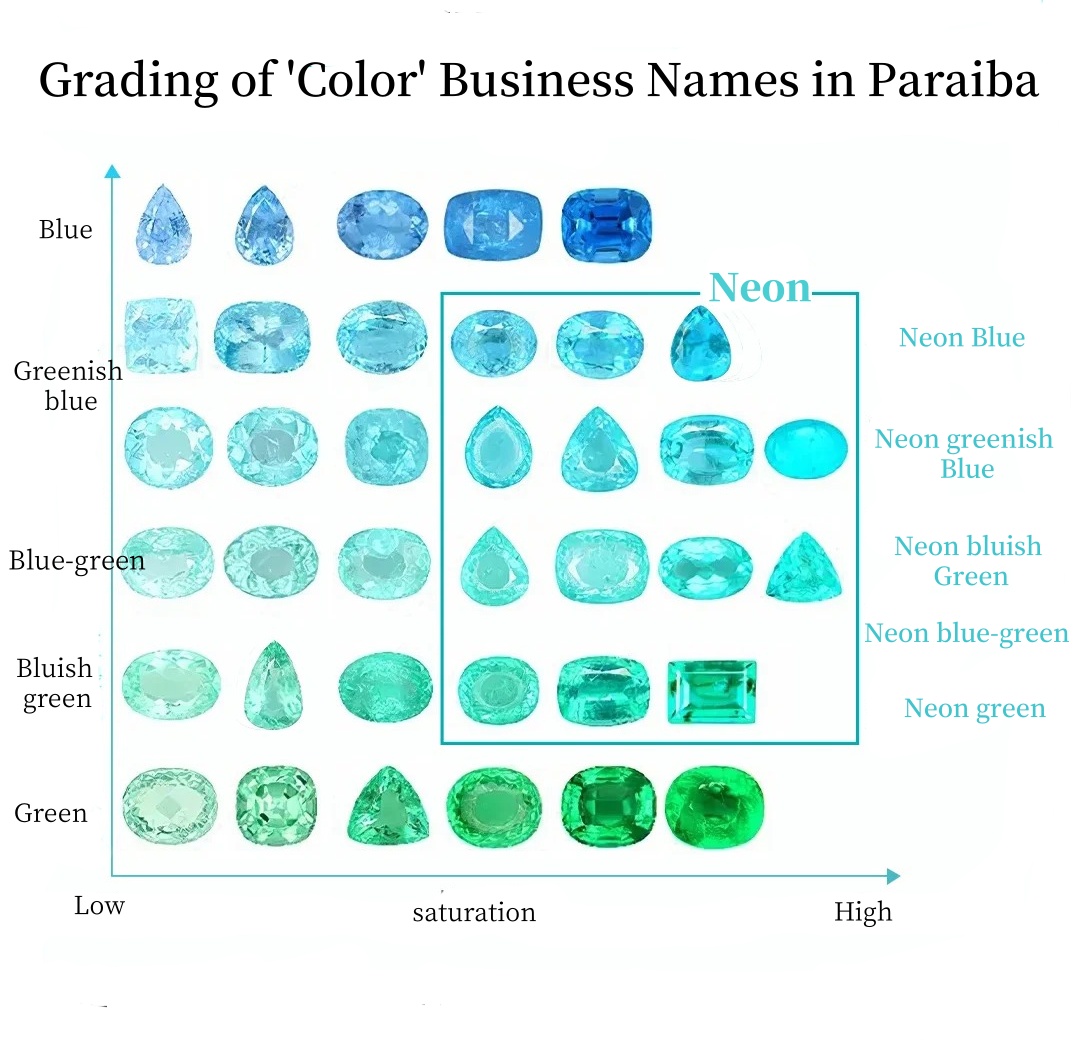
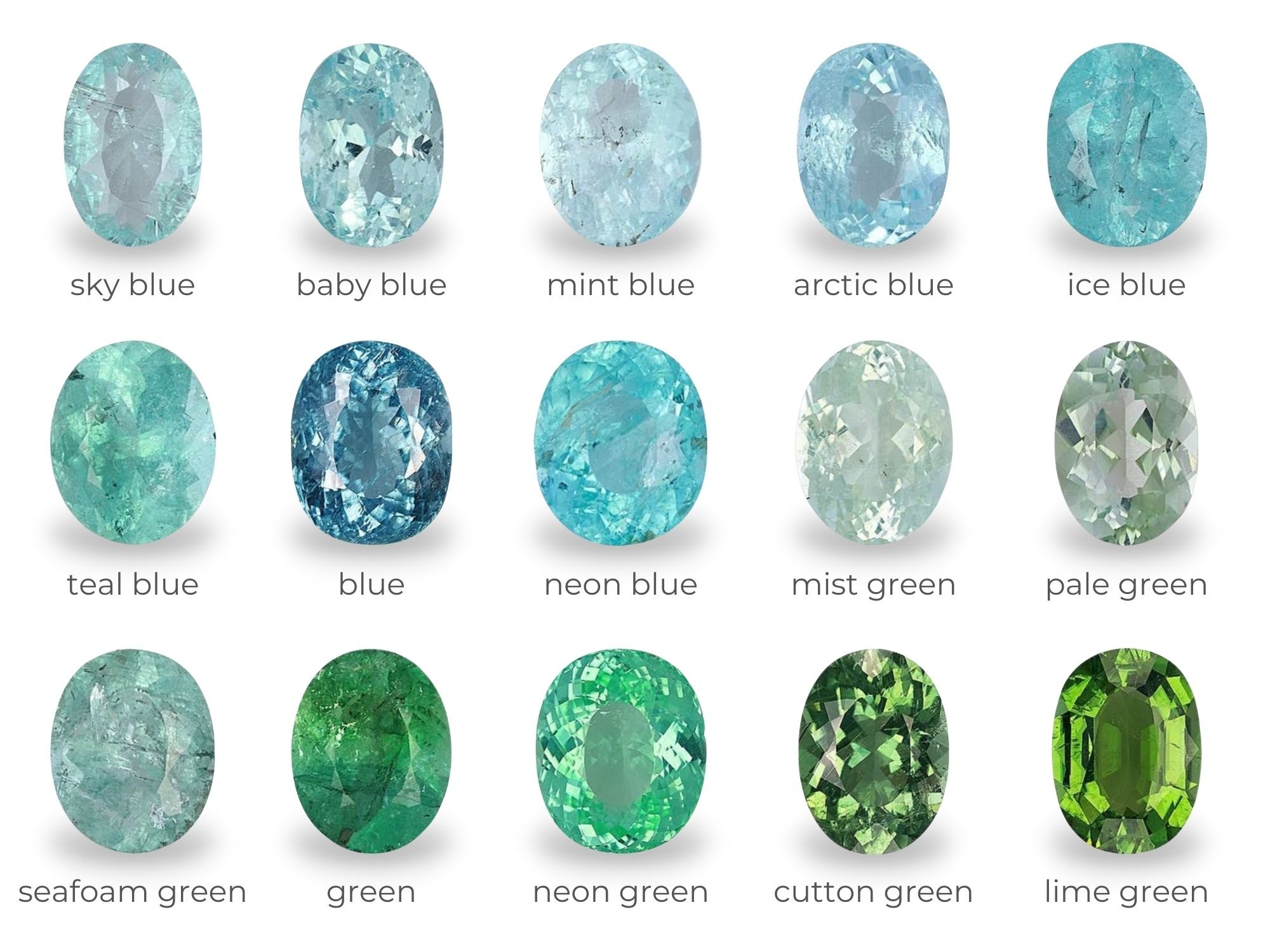
✅Origin
🟢Currently Paraiba tourmaline origin is Brazil, Nigeria, Mozambique.
📍Brazil: High premiums, very few neon hues, Brazilian origin premiums, and is now close to the empty mine, now most of the current market circulation is Nigeria and Mozambique.
📍Nigeria: Rich in color, closest to Brazil, slightly less saturated than Brazil and basically no neon blue tones.
📍Mozambique: Heated to improve the color, Paraiba produces larger grains and higher clarity.
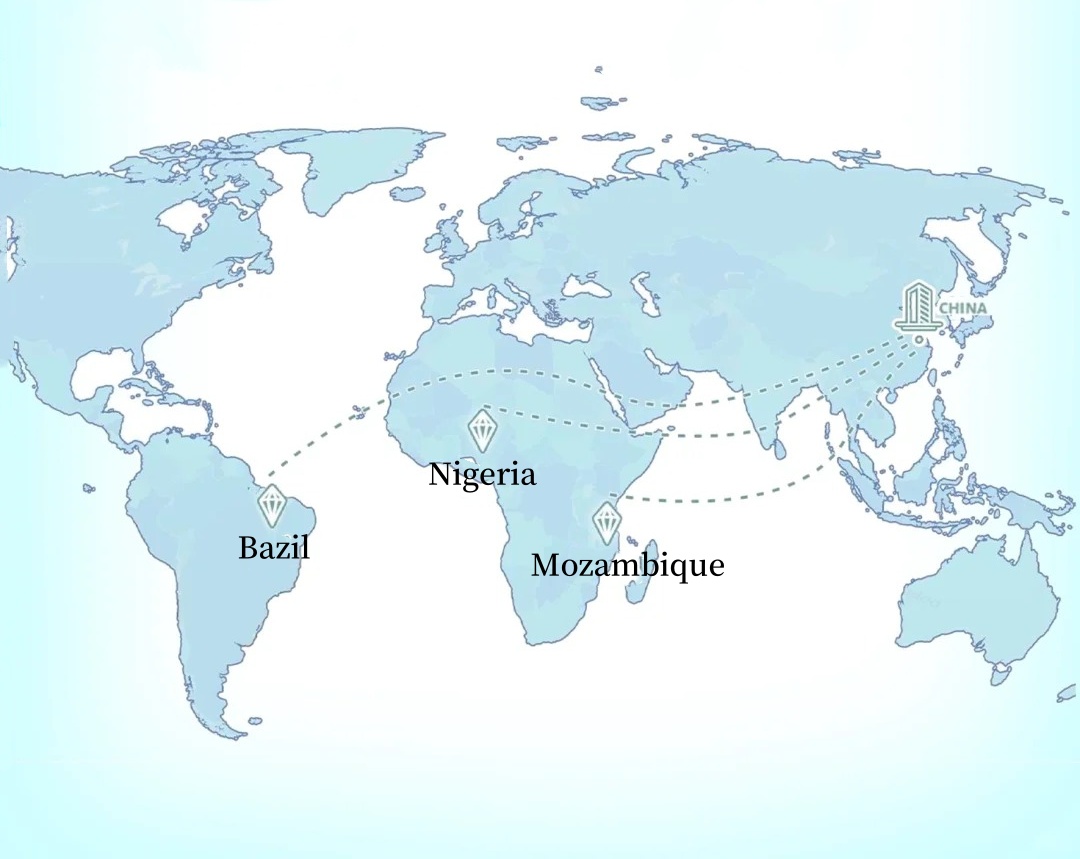
✅Clarity / Optimization
🟢Highly saturated and bright colors must be the most popular for gemstones, and Paraiba tourmaline is one of them. The vast majority of gemstones come with their own imperfections during the growth process, and clarity is the biggest issue with Paraiba, the more intense the neon the worse the clarity of the crystals.
🟢In order to make the color of Paraiba more fascinating, almost all Paraiba tourmalines around the world are Heating treatment. Copper-containing fuchsia tourmalines become bright blue-green when heated between 480 and 620 degrees Celsius, while the fluorescence feeling is particularly strong, which is internationally recognized, so all Paraiba tourmalines available on the market today are by default considered to be heated.
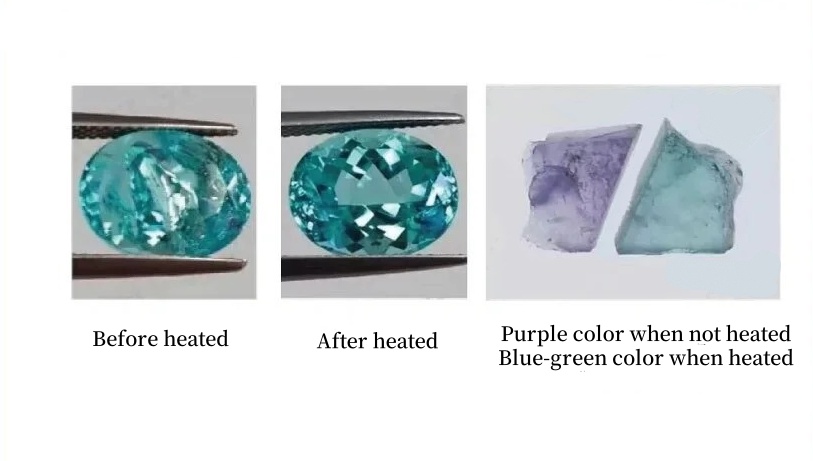
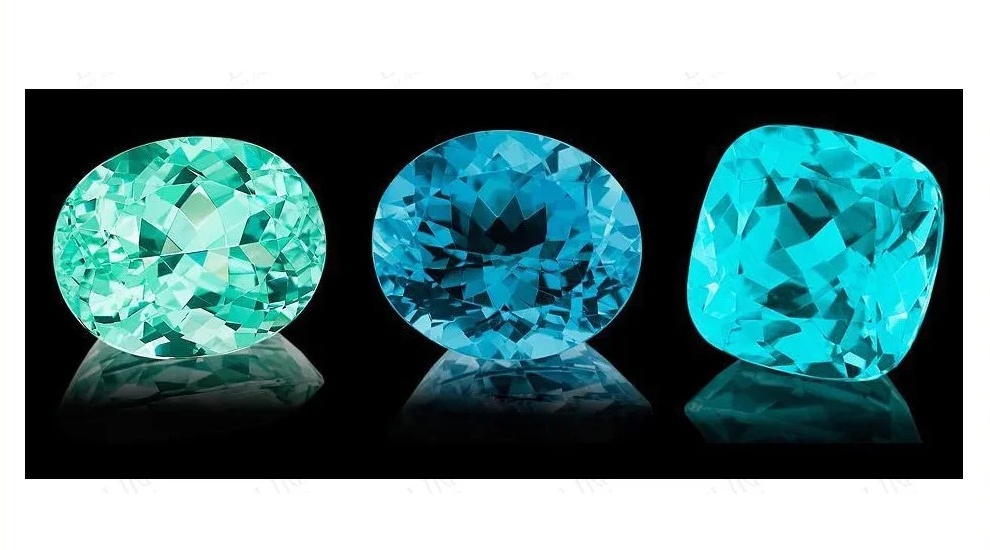
✅Factors affecting value
⬇Color is the most important factor
👉A highly saturated, bright lake blue color with a neon glow is marketed as “paraiba blue” or “neon blue”. This color is the most valuable of all tourmalines. Because [Paraiba tourmaline] is fissured, a completely clean and fissure-free stone is much more expensive.
⬇Difficult to mine
👉Because Paraiba’s ore body is so fragile, it is not possible to obtain whole crystals by mechanical mining, so it is mined almost exclusively by hand, which is inefficient, costly, and difficult to mine.
⬇Very small quantity
👉There are only three origins. In Brazil, Nigeria and Mozambique. The production is only one thousandth of the production of diamonds. The value is increasing day by day as things are rare and precious
⬇High-quality Paraiba is mostly found in Brazil.
👉Due to frantic mining, Brazilian Paraiba is on the verge of extinction and is extremely rare, with the highest quality and price of the three origins, and prices that can reach several times those of African origins.
👉Brazilian Paraiba is very fragile at the time of excavation. Raw stones weighing more than 5 carats that have not been damaged are very rare.
Most of the excavated raw stones are only a few grams, which is why even though genuine Paraiba on the market is usually only 0.1 to 0.5 carats, it can still fetch high prices! It is important to collect according to one’s means, after all, the price of high quality, large carat Paraiba is just too high!
✅Maintenance
⚠Paraiba tourmaline is a kind of multi-fissure gemstone, to avoid collision sports, do housework and rough work not wear.
⚠ Tourmaline easy to adsorb dust, should be put into the anti-dust jewelry box to keep, it is recommended to wipe often, with a cotton cloth will be every part of the surface of the friction in place, or regular cleaning, but not the use of ultrasonic cleaner cleaning! Put into warm water and soak for 30 minutes Use a brush to scrub clean and place it in a cool place to dry or use a soft lint-free cloth to wipe it dry.
⚠ Should pay attention to a regular check once, if the inlay loose phenomenon, timely repair.
